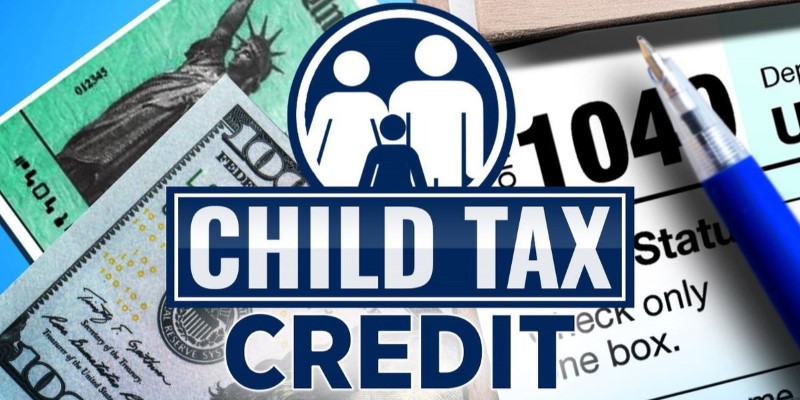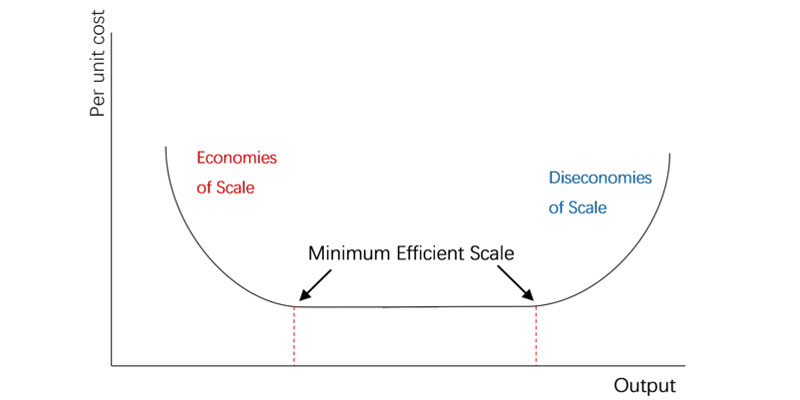When a firm offers two share classes, that is a dual-class stock. Class A and B shares, for instance, can make up a dual-class stock structure. The voting rights and dividend payments of these shares may vary.
When stock is issued in several share classes, one class is made available to the general public and reserved for the company's founders, executives, and family members. The class available to founders and executives typically has more voting power and frequently allows majority control of the company. In contrast, the class open to the general public often has restricted voting rights.
Are you interested in learning more about dual-class stock? We'll go through some well-known companies that have issued two-class shares and the working of dual-class stocks. Learn why companies frequently take this path and why a dual-class stock is divisive among investors.
Understanding a Dual Class Stock
 Specific shareholders are intended to have voting authority over dual-class stock. The founders of the companies and their families are typically the controlling parties in dual-class companies, and these so-called super-voting shares generally are not publicly traded. Class A shares usually outperform Class B shares, despite lacking a standardized nomenclature for different share classes.
Specific shareholders are intended to have voting authority over dual-class stock. The founders of the companies and their families are typically the controlling parties in dual-class companies, and these so-called super-voting shares generally are not publicly traded. Class A shares usually outperform Class B shares, despite lacking a standardized nomenclature for different share classes.
But sometimes, it's the other way around. Investors considering investing in a company with several share classes should learn more about each class in depth.
Well-known dual-class stock structures companies, like Ford and Warren Buffett's Berkshire Hathaway, allow founders, executives, and families to control majority voting power with a relatively small proportion of total equity.
For instance, Ford's dual-class structure grants the Ford family control of 40% of the voting power despite only giving them a modest portion of the company's overall wealth.
Charlie Ergen, the CEO of Echostar Communications, is an extreme example, as he holds a significant amount of Class A shares and hence has 91.8% of the voting power.
Examples of Dual Class Stock
 Google's dual-class stock structure is among the most well-known examples (a subsidiary of Alphabet Inc.). The enormous search engine boasted a market capitalization position in the top 30 globally when it conducted its initial public offering (IPO) in 2004.
Google's dual-class stock structure is among the most well-known examples (a subsidiary of Alphabet Inc.). The enormous search engine boasted a market capitalization position in the top 30 globally when it conducted its initial public offering (IPO) in 2004.
Due to this, the company disclosed a stock structure that consisted of three classes of shares:
- Regular investors were offered Class A shares with one vote per share, as is customary for common stock.
- Class B shares were reserved particularly for Google executives and the company's founders; the share class, in particular, irked some individuals because it gave stockholders ten votes per share.
- Regular Google employees were offered Class C shares, which had no voting rights, in contrast to the shares given to top executives.
Dual Class Share Structure Pros and Cons
Pros
- The owner, the company's founders, and top management are in charge. This control is essential to shield the business from the market's immediate pressures.
- It enables management to concentrate on expansion and long-term planning.
- It has an impact on the business's overall performance.
- Unlike other investors, the company does not have a short-term financial objective.
- Outsourcing allows the business to save money on low compensation benefits.
Cons
- Dual class shares have several apparent issues, including the fact that they are unjust because they tend to generate a small class of shareholders.
- Differences exist between the manager who owns the bulk of the shares and the remaining stockholders, which lowers accountability.
- The management may make poor choices with limited repercussions.
- Massive internal control may cause the structure to weaken.
- Businesses using this structure may have higher debt loads than those with single-class shares.
- Converting this structure to a single-class one is not simple.
- The business has less drive to raise money.
Specific considerations
Dual class structures have existed in various versions for some time, but only recently have they gained popularity.
Following a backlash against the public offering of Dodge Brothers, a manufacturer of automobiles, in 1926, which included non-voting shares for the general public, the New York Stock Exchange (NYSE) prohibited dual-class structures in 1940. However, in response to competition from other exchanges in the 1980s, the exchange brought the practice back.
After shares are listed, firms are not permitted to change the voting rights granted to the new class of shares or to issue shares with higher voting rights.
The number of corporations choosing a dual-class structure upon listing has increased recently. This is particularly true for technology companies, who frequently employ this tactic to maintain control over their businesses. The most well-known example of this tendency is Google, a product of Alphabet Inc.
The most well-known example of this trend is Google, a product of Alphabet Inc.
Google's initial public offering (IPO) dissatisfied many investors when the internet issued second Class B shares to founders with ten times the number of voting rights as the ordinary Class A shares sold to the general public. Google boasts a market capitalization among the top 30 companies worldwide.
Many stock indices have discontinued incorporating firms with dual-class organizational structures. The S&P 500 and FTSE Russell are two such indexes.
The Controversy surrounding Dual Class Stock
Stock structures with two classes are debatable. Supporters of the founders contend that the organizational structure enables them to show effective leadership and to prioritize long-term goals over short-term financial gains. Additionally, it aids founders in maintaining control over the business by preventing prospective takeovers thanks to their supermajority voting shares.
Opponents counter that the structure permits a few privileged owners to maintain control while other shareholders (with fewer voting rights) provide the lion's share of the capital. In actuality, there is an uneven distribution of risk.
The founder can obtain funds from open markets with no financial risk, and shareholders carry most of the risk associated with the strategy.
Powerful classes of shares for insiders can prevent long-term outperformance, according to academic studies. Another group of stockholders has proposed a middle ground. They contend that the consequences of a dual-class structure can be mitigated by imposing a time-limited restriction on such structures and allowing shareholders to amass voting interest over time.



